Categories
Subjects
Authors
Artists
Venues
Locations
Calendar
Filter
Done
June 28, 2021 – Feature
London Roundup
Orit Gat
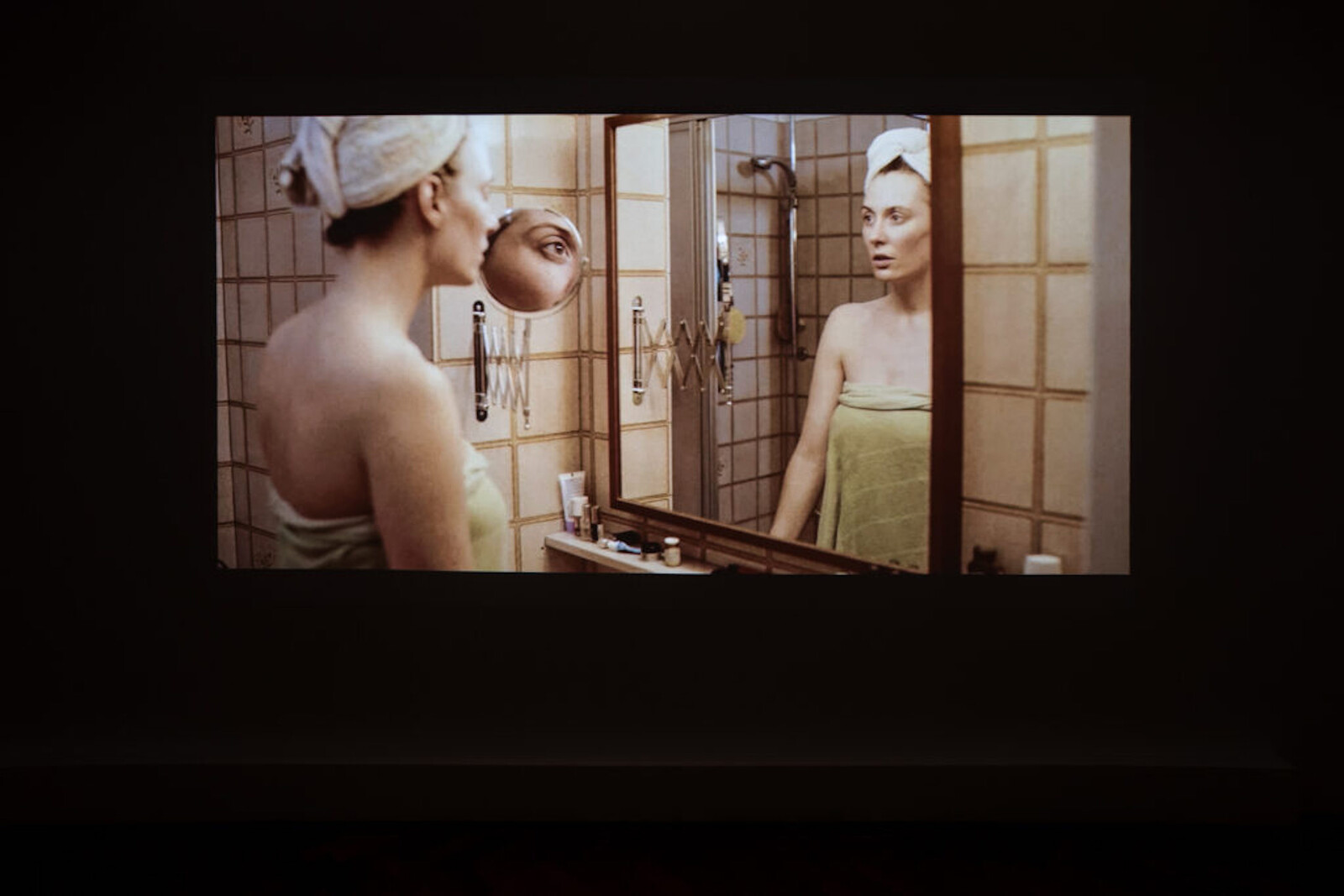
It would be impossible to think about London’s first Gallery Weekend in early June outside the context of the slow re-emergence from lockdowns. I know this strange sensation is not unique, but the experience of a public disaster dealt with largely by isolating from society has also marked the way I look at art. Taking stock of my tour of the city, it strikes me that the artworks which affected me most were ones that displayed intimacy, proximity, and all those daily exchanges from which I have felt distant these past sixteen months.
That is not to say that the daily and intimate are not political. At Lisson, “An Infinity of Traces,” a group show curated by Ekow Eshun, focused on the work of UK-based Black artists. It included Alberta Whittle’s video Between a Whisper and a Cry (2019), which explores Barbadian poet and historian Kamau Brathwaite’s idea of an oceanic worldview in the aftermath of the Middle Passage, and a series of watercolor text drawings by Jade Montserrat (who also has a solo show at Bosse & Baum in South London) that bear heavy, physical messages, like The smell of her still burning hair (2017). When I was trying to …
April 20, 2021 – Feature
London Roundup
Patrick Langley
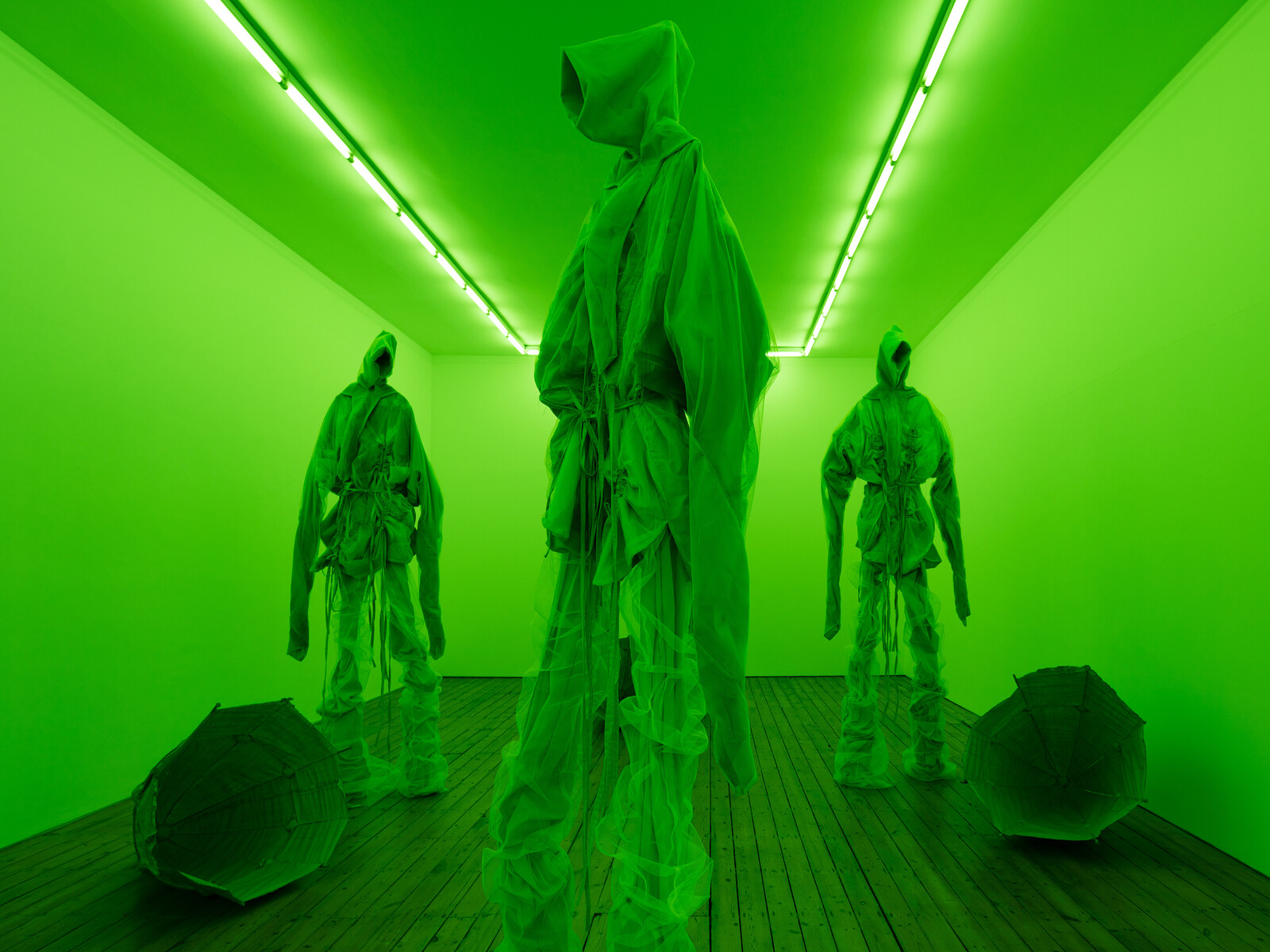
London’s galleries are open again. Exhibitions that were paused or postponed last fall have emerged from enforced hibernation into a cultural environment altered by six months of—well, not very much. To a quarantine-addled critic, this presents a quandary. One of the pleasures—and pitfalls—of writing about art is using it as a measure of lived experience: of holding work up to the light and saying, ah yes, this reminds me of something. The problem is, I haven’t much new experience against which to gauge the work. But maybe I’m not alone. In the capital’s galleries I kept noticing pieces, many made over this past year, that described a version of the same space—an unstable interior, variously possessed and infiltrated by outside forces. Which is to say, a state of mind. Or was I just projecting?
Leidy Churchman’s “The Between is Ringing,” at Rodeo’s Bourdon Street space, is a small, rewarding show of a dozen new paintings that range from smudgy abstraction to cartoonish exuberance. The work subtitled Diptych (all works share a main title with the exhibition and are dated 2020) comprises two oil-on-linen paintings, stacked one atop the other, depicting an abstracted living room that is also an existential void. The …
October 9, 2020 – Feature
London Roundup
Chris Fite-Wassilak
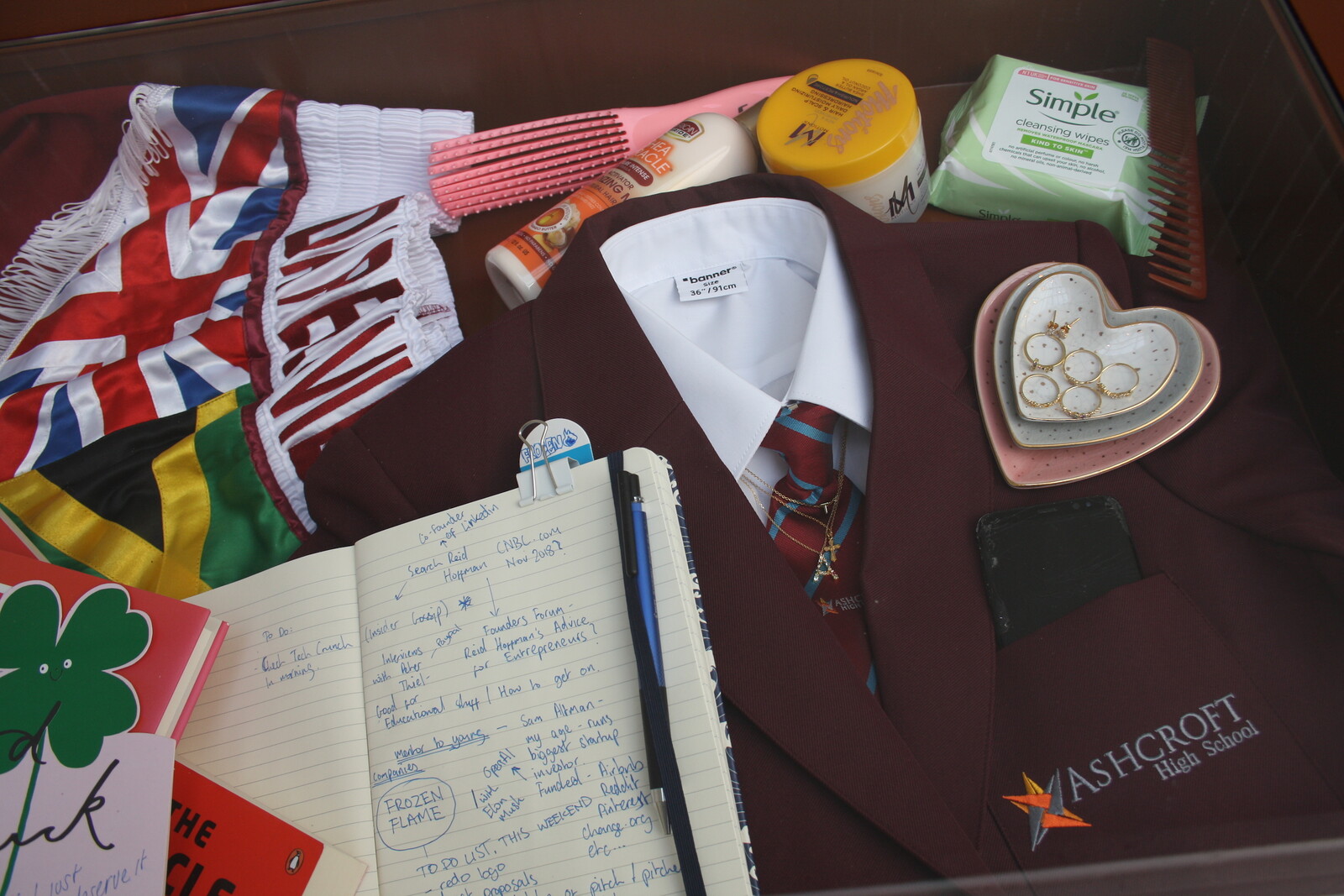
It’s an unlikely benediction: two identical photos frame Dozie Kanu’s exhibition “Owe Deed, One Deep” at Project Native Informant: a small, slightly blurred image of a tower with a hand at the top, reaching awkwardly towards the sky. Emo State (2020) seems to have been taken from a moving car, the landscape around it giving some sense of the sheer scale of the tower, a religious monument modelled on the tower of Babel in southern Nigeria, constructed only a few years ago and torn down in 2019. The ghost of this demolished structure, the two hands waving over the five sculptural assemblages gathered below them, casts the works as their own temporary monuments, momentary markers to whatever spirit or feeling has possessed us, before disappearing. In a corner, St. Jaded Extinguish (2020) is a gray fire extinguisher stand placed forlornly on a flimsy, short set of black stairs, a bottle opener attached to its base that spells out a nihilistic mantra: “SELF SERVE.”
Making my way around exhibitions for the first time since February, it was such slight, haunted gestures that stuck with me. It feels disconcertingly normal to traipse around the city at this time of year, albeit with pre-booking …
October 7, 2019 – Feature
London Roundup
Chris Fite-Wassilak
%20provisioning_hr.jpg,1600)
The world is burning. This is not a metaphor. The sky is bleached a searing lime green, tinged with burned orange that reflects off relentless choppy waves. Suddenly, the sky goes blood red and the horizon blackens, the sun a dull hole punched in the sky. Our view shifts, panning quickly to the left, then back again, as if searching for something, anything. The sky then changes again to a blinding sherbet yellow. The screen depicting this scene, mounted on a metal rack above a whirring circuit board, gives us a certain vision of our current reality. The shifting colors are a translation of information from a small atmospheric monitor mounted on the back of the rack. It’s not clear what directly causes the hues to brighten or waves to get that bit higher or more intense in Yuri Pattison’s sun[set] provisioning (2019) at mother’s tankstation—whether the car exhaust from the street outside, or the hungover breath from bodies in the room might make the scene that bit more trippy. The contraption offers a heavily mediated fiction, but it also makes an actuality visible and present: a drowned world, made hallucinatory and beautiful by toxins that saturate the air and …
March 21, 2018 – Review
Marvin Gaye Chetwynd’s "Ze & Per"
Philomena Epps
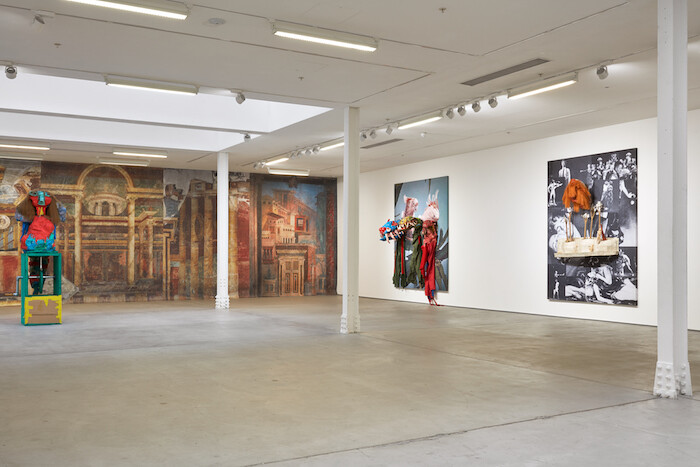
Marvin Gaye Chetwynd’s practice, with its hubbub of miscellaneous and licentious references, evokes a mood of historic and anthropological ambiguity. Her works enmesh periods of cultural rebellion over the centuries, from medieval history, folk plays, and pagan festivals, to the genesis of Dada, and from the DIY culture of drag balls and punk to alternative living, squatting, and co-ops. Chetwynd’s spontaneous intertwining of performance, installation, video, sculpture, and painting can also be figured within the space of play: an arena dedicated to experimentation and risk without a predetermined outcome. This gesture toward facilitating an impermanent escape from reality is best read through Mikhail Bakhtin’s theories of the carnivalesque: free interaction between people; eccentric or non-traditional behavior; sacrilegious events; and the nonsensical (mis)alliance of opposites. Absurdity, humor, and hyperbole are de rigueur. The world is upside down. The body is inside out.
Chetwynd’s topsy-turvy approach to performance is expressed in a quieter register in her solo show at Sadie Coles HQ. Ten colorful, collage-like pieces are hung on the gallery’s walls, while three illustrative paintings—one (Samurai Bat) depicts a bat’s head; another (Dulac’s Perman, both works 2018) shows a carp eating from a mermaid’s palm—lean against walls and columns in thick gold …
February 7, 2017 – Review
Martine Syms’s “The Easy Demands”
Morgan Quaintance
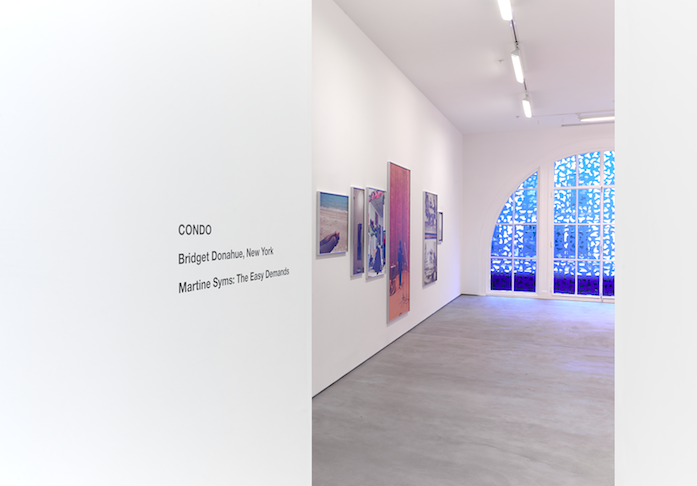
What’s to be gained from aestheticizing resistance, from reducing political protest and its violent and repressive fallout to a highly stylized image? This is the final question raised by Martine Syms’s second solo show in London, a tastefully oblique, risk-free display that simultaneously draws on and hollows out the recent history of African American-led demonstrations against police brutality and institutional racism.
Installed in a modest gallery accessible through the main expanse of Sadie Coles HQ, temporary host to New York’s Bridget Donahue during Condo, “The Easy Demands” brings together three works: a structural intervention, a single-channel video loop, and a collection of photographic prints. Although superficially unified by being presented in the same space, they remain conceptually and aesthetically disconnected; in fact, the exhibition operates on and fosters an attitude of detachment. It is a dynamic that surfaces in relation to the works on show, in the relationship between the artist and host institution, and in the spectatorial mode produced by the gallery’s oppressive air of exclusivity, which Syms frustratingly does not disrupt.
Belief Strategy XIII (2016) is a dappled color filter applied to the oval window covering one end of the gallery. To create it Syms has appropriated a tool from …
May 11, 2012 – Review
Gabriel Kuri’s “Classical Symmetry, Historical Data, Subjective Judgement”
Lorena Muñoz-Alonso

Contingency and probability are long-standing conceptual interests for Mexican artist Gabriel Kuri. His 2011 exhibition at South London Gallery was titled “Before Contingency After the Fact,” for example. His current show at Sadie Coles is titled “Classical Symmetry, Historical Data, Subjective Judgement,” which, according to statistician David Spiegelhalter, are the three essential considerations for calculating the probability of an event. Still, the contingencies Kuri might be concerned with remain elusive and unspecified here, and the sculptures gathered in this show successfully convey that sense of impermanence and open-endedness.
In the room upstairs, six wall sculptures made of gilded insulating foam form a sequence of self-portraits where genre is also mutable or provisional. Some of them remind me of Hannah Wilke’s famous vaginal sculptures from the 1970s, made of chewing gum folded onto itself. Kuri’s larger and brighter sculptures, however, depart from Wilke’s feminist politics to revel in their own theatricality. In Recurring Flat Line Chart (all works 2012), for example, a plastic bag containing liquid bearing an uncanny likeness to urine hangs from what looks like the torso and upper legs of an overweight creature. In Double Self Portrait (Two Point Crossed Section Chart) that same shape becomes a face by …
November 1, 2010 – Review
Angus Fairhurst at Sadie Coles HQ, London
Karen Archey
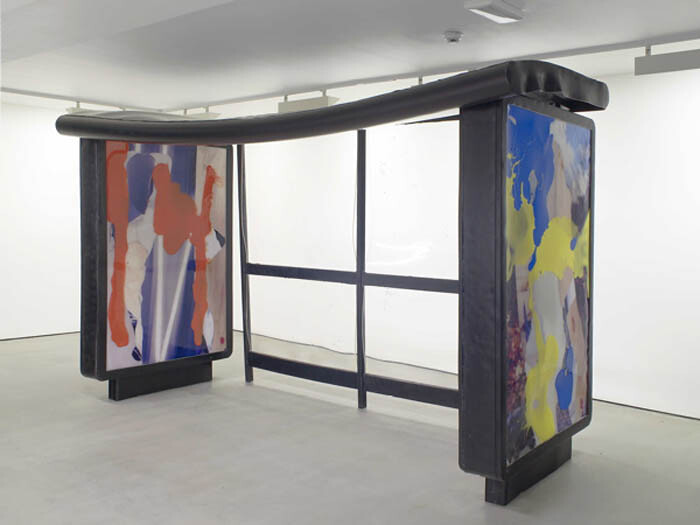
Beyond the overwhelming personal tragedy, one of the many unfortunate consequences of suicide is that a life’s work is often mitigated through the lens of it. For Angus Fairhurst’s first gallery exhibition since his 2008 suicide, it is at once impossible to elide this tragedy yet simultaneously a disservice to let the artist’s death supersede his work’s autonomy. Curated and installed by artists Rebecca Warren and Urs Fischer at Sadie Coles HQ in London, the exhibition seeks to join key works in Fairhurst’s career, ranging from intimate graphite drawings to various sculptures to a larger installation downstairs. Most compellingly on display are Fairhurst’s iconic bronze gorillas supported by newly constructed plinths in tribute to the artist. Commissioned by Warren and Fischer, the plinths range from a hefty, inscribed cast iron totem (designed by Damien Hirst) to castoff cardboard banana boxes, all created by sundry fellow Young British Artists.
Fairhurst, a lesser-known contemporary of YBAs Sarah Lucas, Tracey Emin, and Gary Hume, rose to prominence in the early 1990s exhibiting throughout England and Europe. His infamous 1991 prank commenting on the insularity of the art world, “Gallery Connections,” put confused attendants of London art museums and galleries unwittingly in touch with one …
